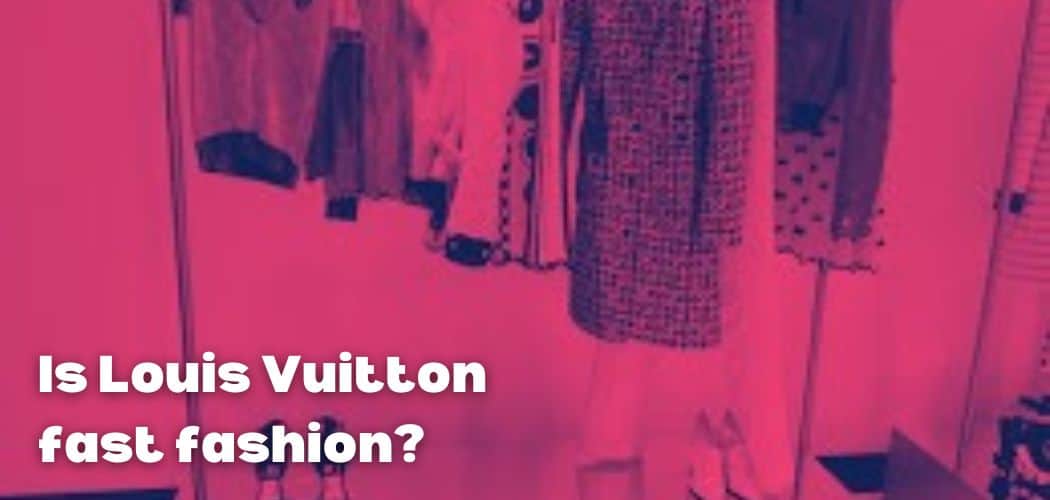Making garments is, in fact, a highly resource-intensive process that uses a lot of water, emits alarming amounts of carbon dioxide, and is based on a wasteful consumer culture business strategy.
The fashion industry consumes so much water each year that it could meet the needs of five million people. In a world where 2 % of the population do not have clean water, this is a significant achievement.
In addition, the sector is heavily reliant on synthetic materials, which release plastic particles into the oceans, wreaking havoc on an already fragile marine ecosystem.
With terms of carbon emissions, the sector is responsible for 10% of global emissions, which might increase by 50% by 2030 if current trends continue.
Fast fashion, a rapidly expanding segment of the fashion business, is based on a rampant consumerism model in which a person uploads an ensemble on social media but then has to go out and buy a new one for their next upload.
As a result, their clothes are created and purchased at a low cost, and they eventually wind up in landfill sites.
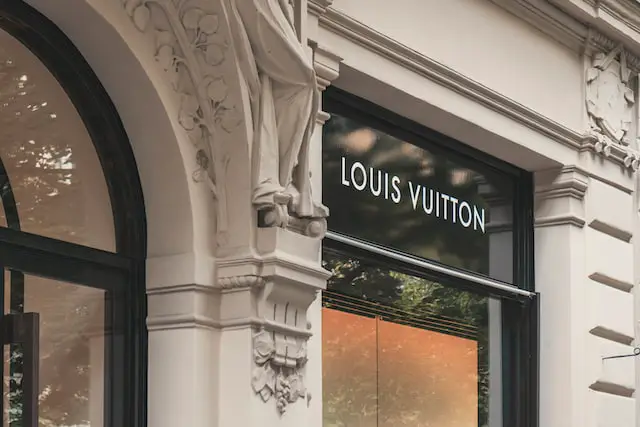
Many of these garments are burned, releasing significant volumes of harmful chemicals and pollutants into the atmosphere.
Despite these figures, clothing utilization is anticipated to grow from 62 million tonnes in 2019 to 102 million tonnes in the next ten years. These are environmental effects that clearly harm human health.
Some brands have moved to more sustainable means of creating, packing, and transporting clothes in order to address the industry’s rising difficulties.
For example, technological advancements have enabled businesses to employ recyclable fibers that are free of the pollutants found in other materials. This also uses a lot less water than the traditional cotton material.
Luxury fashion houses such as Louis Vuitton, however, go through a seriously involved process to attain their status, and consequently, they have their own influence on fashion trends.
Luxury brands first need to set up themselves in opposition to other luxury brands that have already set a name for themselves, eventually facing competition with them and attaining some sort of validation as a competitor.
Is Louis Vuitton sustainable fashion?
In the fall of 2021, Louis Vuitton announced achievements on its environmental targets.
According to the brand, so far they reuse and recycle about 93% of all materials from their fashion shows and windows. 69% of the energy used to power thier warehouses and factories is renewable.
They also state that 52% of their raw materials have been certified as sustainable while one-third of their leather goods, shoes and perfumes use an ecologically friendly design.
32% of LV’s worldwide stores use LED lighting completely. LV’s goal is to reach 100% on all these measures by 2025.
You can read more here: Louis Vuitton – Sustainability
Is LV cruelty-free?
Although Louis Vuitton claims not to partake in animal cruelty, it does conduct business with companies that do.
When asked about LV’s attitude on the treatment of animals used for their skins, the CEO stated that all creatures in use for their products are raised in a humane manner.
PETA, on the other hand, has done multiple exposés demonstrating that this is not the case.
Peta released an undercover video in 2020 about a crocodile farm in Vietnam that supplies crocodile skin to a number of firms, including LVMH.
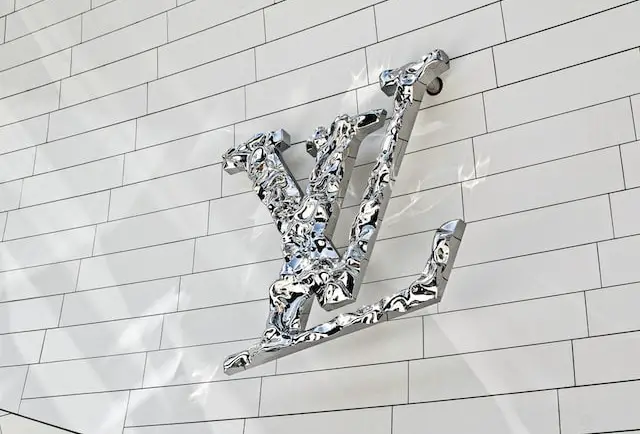
The living conditions were appalling; one farm had crocodiles imprisoned in filthy cement encasements so small they couldn’t fit laterally.
They had been kept in those cages for more than a year with hardly any activity and terrible living conditions.
Another farm kept dozens of crocodiles in close quarters, subjecting them to aggressiveness and disease as a result of the unsanitary environment.
Does Louis Vuitton use animal skin?
Yes, Louis Vuitton makes use of animal skins. Leather and crocodile skin is used extensively throughout most Louis Vuitton items. These are used in a wide range of their items, from purses to shoes to belts.
Despite having a minimal statutory policy to preserve animal welfare, LV still utilises fur, down, leather, wool, imported animal skin, and imported animal hair.
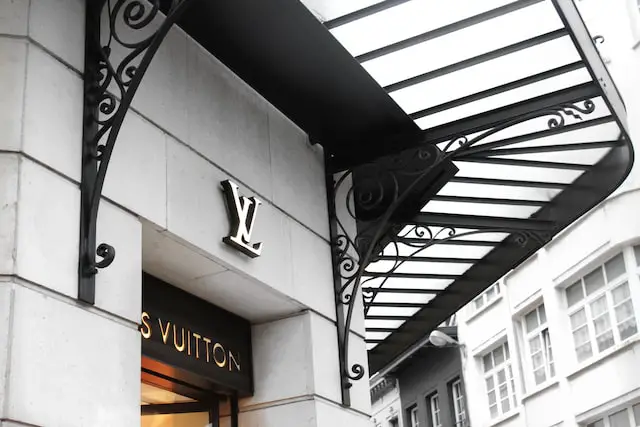
Because of this, Louis Vuitton is rated at Very Poor for animal safety.
This level of casual disrespect for the welfare of these living creatures with whom we share our habitat is archaic, and with so many vegan fabric developments in the market, it is unnecessary.
How does Louis Vuitton affect the environment?
While it has confirmed a set of targets for lessening greenhouse gas emissions from its own production lines, there is very less evidence that Louis Vuitton is on track to achieve those goals.
There is no authentication that it lessens its textile litter, and it only uses very few ecologically favourable materials.
Louis Vuitton follows its own Restricted Substances List and has removed specific toxic substances from its supply chain, but it hasn’t established a deadline for eliminating all hazardous compounds.
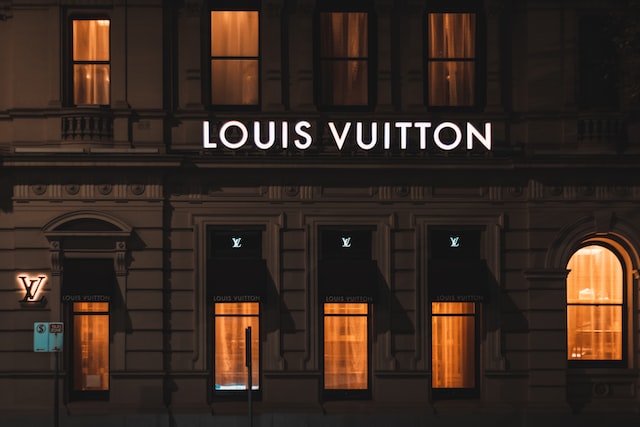
Louis Vuitton, like many other luxury apparel firms, burns extra stock that is not sold on a regular basis, contributing even more to the harmful fashion industry, which prioritises specialty over environment throughout every step.
Vuitton has adopted an environmental game plan that is altering fashion standards as part of a deliberate, mission-based endeavour.
Currently spread over footwear and purse lines, Louis Vuitton is working towards 100% environmental friendly designs by 2025 across all product categories.
However, this is not enough. LV may not be a fashion brand but it is currently not doing any favours to the environment. There is a need to do more to achieve sustainability.
